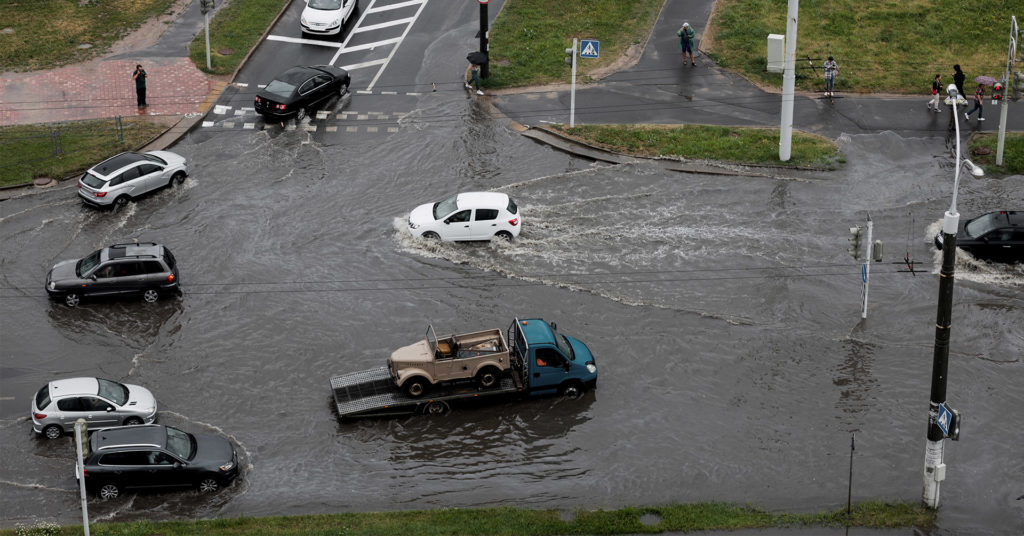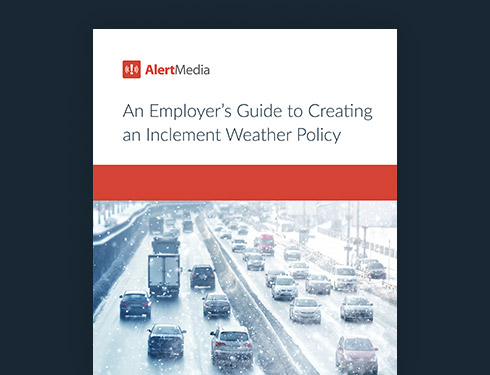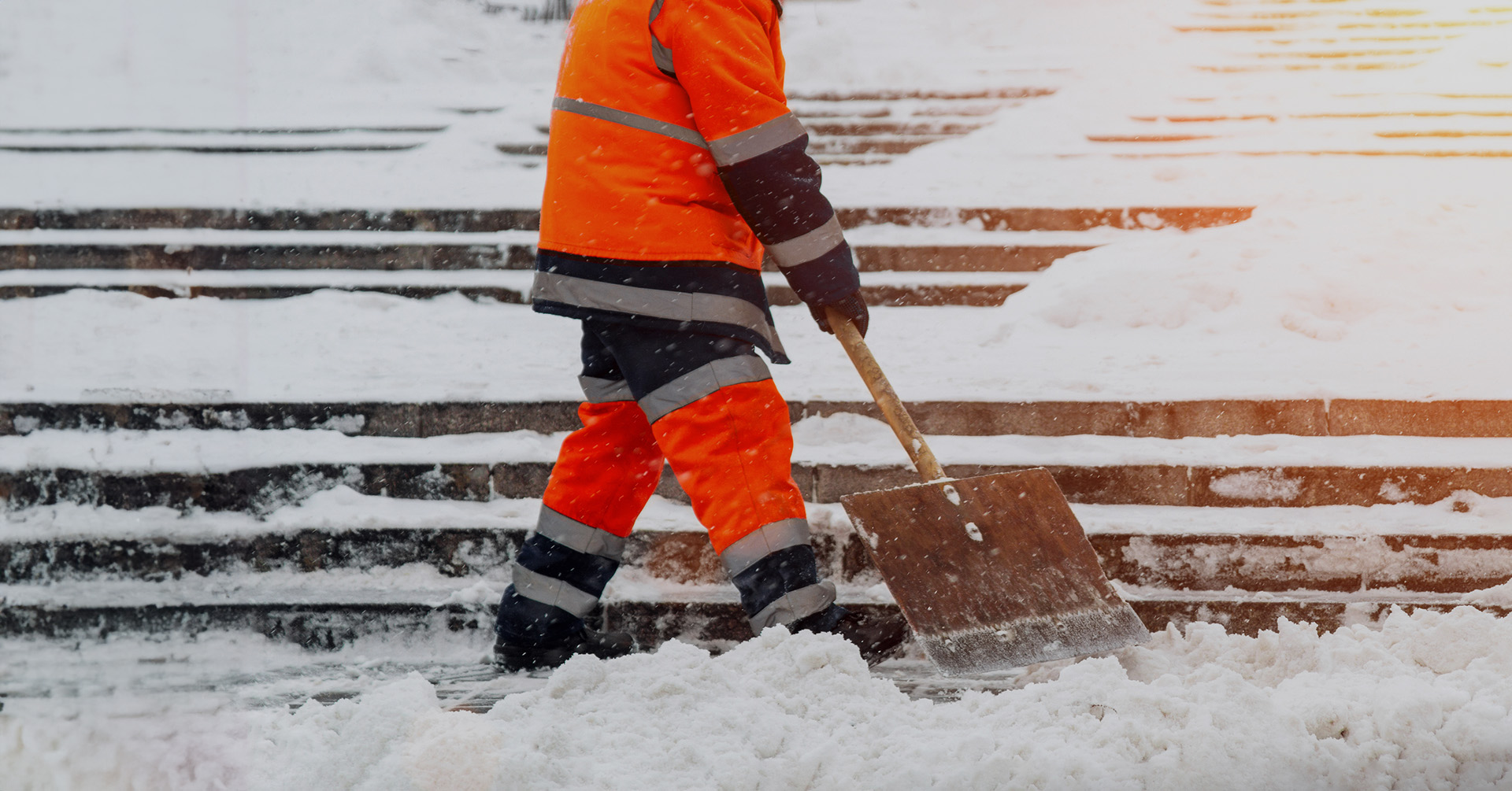
Guide to Severe Weather Preparedness for Business
All kinds of weather might be knocking at your door. Do you know what you’re prepared to do about it? Explore the challenges and your options in this post.

When Hurricane Katrina made landfall in southern Louisiana on August 25, 2005, residents were already bracing for a storm of unprecedented strength, and that’s what they got. Sustained winds of up to 175 miles per hour ripped apart structures, tore down power lines, and caused severe damage to nearly every structure. The rain was so bad that up to 15 inches fell in some areas. But this shouldn’t have turned out as bad as it did. Instead, everything was made worse by a less likely event: the failure of the levees that were meant to hold back floodwaters.
The already-disastrous conditions were aggravated by more than 50 failures at various points on New Orleans’s levee network, and over 80% of the city was underwater. St. Bernard Parish, one of the hardest-hit communities, was almost wholly drowned; 95% of its surface was covered with floodwaters. Flash flooding was so bad that some places saw up to 15 feet of water engulf streets, homes, and storefronts.
These changes caught individuals, families, and businesses by surprise. And since the hurricane knocked out vulnerable communications infrastructure, a proper response wasn’t possible in many cases, likely contributing to the estimated death toll of over 1,800 people.
Severe storms are just one type of severe weather that can cause disaster for businesses, but that doesn’t mean you should feel hopeless when tasked with defending your company and its people from such events. Let’s see what kind of impacts these weather events can have on your safety and operations and what severe weather preparedness plans you can use to counter them.
Download Our Inclement Weather Policy Template
What Are the Impacts of Severe Weather on Business?
The impact of severe weather on your business is highly dependent on your location, the type of work you do, and, of course, your own severe weather preparedness. Here are some of the effects of inclement weather to consider—and strategies to mitigate the harm to your people and your business.
Travel interference
From tornadoes to thunderstorms—when intense weather rears its head, business travel is one of the first things leaders hit the pause button on. Not only do driving and flying become more hazardous in precipitation or damaging winds, but work travelers might also need to contend with different, and possibly dangerous, weather at their destination.
Weather can also hinder daily commutes when roads or railways are blocked by fallen trees or other obstructions. Simply moving people from one place to another becomes a lot more challenging during severe weather events. That includes travel that might be a regular part of your business, such as shipping and deliveries.
Weather that disrupts travel
- Blizzards/icy roads
- Hurricanes and storms
- Lightning
- Fog
- Heavy precipitation
- Flooding
Strategies to minimize travel disruptions
If inclement weather is threatening your business operations, there are ways to manage the risks. For example, if you have a business traveler with a planned client meeting multiple states away but a thunderstorm is approaching the departing airport, you might benefit from the mass adoption of video-conferencing software that resulted from the COVID-19 pandemic. Consider shifting meetings to cyberspace to avoid putting anyone in danger of either missing their flight or driving in sketchy conditions.
Similar options are available for employees who do much of their work on a laptop at a desk. It’s become increasingly clear that remote working is a viable option for those who cannot commute safely into the office for any reason, including weather conditions.
The feasibility of air travel is usually a binary: the flight either takes off or it’s canceled. However, with road travel, that line is blurry depending on the present conditions. For example, if weather forecasts signal a moderate snowfall, then it might be possible for some workers to come in that day. Depending on where your workers live, some might have easy access to major roads that are plowed and salted, allowing for easy passage.
Office shutdown or evacuation
Despite some CEOs’ desperate pleas to the contrary, the office isn’t always the best place to be, especially if the office is the subject of emergency alerts. Even with the shift to remote work that’s taken place in the 2020s, the office remains the nerve center of operations for most businesses. But sometimes, extreme weather can render the office inoperable or even outright dangerous.
If this happens, certain systems—such as on-site servers or equipment storage—may be entirely inaccessible. Plus, if anyone is in harm’s way while on the job, it falls under your duty of care to keep them safe at all costs.
Weather that causes shutdowns and evacuations
- Blizzards
- Hurricanes
- Lightning
- Tornadoes
- Flooding
Strategies to facilitate shutdowns and evacuations
Shutdowns and evacuations can be caused by a variety of extreme weather events, but all of them require emergency preparedness beforehand to temper the impact. No matter what kind of business you run, you should always have a plan to get people to safety should your business become dangerous. With advance preparation, your plans become a robust conglomeration. If you start with a fire evacuation plan, you can adapt it to use as a severe weather evacuation plan and vice versa.
Note that these plans might vary depending on the situation. For example, if a storm is coming, you might instruct employees to escape via a different route than you would if they were avoiding a wildfire approaching from a regional forest. Also, remember to account for all employees’ needs in the midst of an evacuation, planning for disabilities and accessibility challenges.
In any evacuation situation, you should be prepared to provide for the basic needs of your people. Most people don’t keep a supply of food and water handy, but in an emergency, they might need that, and it’s up to you and your organization to provide that to them. Keeping a supply of shelf-stable food and snacks, along with water stored in plastic or steel containers, can be easily stored out of the way and might be life-saving in a worst-case scenario.
Harsh working conditions
Sometimes, the weather isn’t so bad that it requires an outright stoppage of all work, but it does warrant caution and can pose hazards to the unwary. Businesses with employees that do significant amounts of work outside, such as utility companies, construction firms, and paving contractors should be especially careful when asking workers to do their job in potentially harmful conditions. Again, that is not to say that work should immediately stop, but present and future severe weather conditions warrant careful consideration.
Weather that could harm outdoor workers
- Extreme heat
- Extreme cold
- Precipitation
Strategies to protect outdoor workers from extreme weather
Entire books (and blog posts on heat safety tips) have been written on this topic because the mundane dangers of the great outdoors are the most common and ancient nemesis to human life there is. The two most common and serious dangers to outdoor workers are extreme heat and cold. AlertMedia has detailed cold-weather safety tips and heat-stress prevention posts that go into the specifics of each, but the most significant tip by far is to provide appropriate clothing to workers that protects against overheating, sun exposure, frostbite, or whatever your climate might dictate. Equally important is a place and ample time to take a break from the extreme conditions..
Ultimately, it is up to you to monitor the working conditions of all your workers, whether they work inside or outside, so you can prepare them for those conditions or even postpone their outdoor activities until weather hazards alleviate. NOAA weather radio is an authoritative, continuous stream of weather data from government sources that can be accessed anywhere in the country. Location-based weather alerts are a great way to automate part of this responsibility, so one of your team members doesn’t have to stay glued to the weather radar 24/7.
Power or communications disruption
When the power goes out, or the internet and phone lines aren’t in service, you’re going to need a backup. It’s time you break out all of your meticulously organized paper records, your magnetic tape backups, and of course, your flock of carrier pigeons to communicate with clients and partners. Wait, you don’t have all of that? In that case, you’re going to need another way to cope with disruption to basic business technology.
An essential part of any emergency management program is a plan for power outages, as they are one of the most common disruptions a business could experience. Not only will they grind most business functions to a halt, but they can also pose a safety hazard to workers.
Weather that causes power and comms outages
- Severe thunderstorms
- Winter storms
- High winds
- Ice and snow accumulations
Strategies to mitigate outages
When storm-force winds tear down power lines and make business impossible, your priority should always be the safety of your employees.
For some critical industries like healthcare or telecoms, losing power or outside contact is not acceptable, which is why these critical businesses and services rely on industrial diesel generators to ensure business continuity. These, however, are often out of reach for most businesses, save the ones that are very large.
For most businesses, things like battery-powered exit signs and emergency lighting are necessary to prevent slips, trips, and falls due to poor visibility. Handheld flashlights are also essential, stored in convenient places. Mass notification software can act as a multi-channel alert system, so you have a better chance of reaching your employees should one of your normal methods fail for any reason.
A disaster supply kit, including essentials like a first aid kit, might be needed during a power or communications outage. If you can’t contact emergency services, you should at least have the basic tools at hand to care for any injured person on-site. First aid training, including CPR, is always a good idea, whether your people work on an oil rig or in an office tower downtown.
Severe Anything Preparedness
If your company exists on planet Earth, you need to be ready to weather the unpredictable. Whether that’s severe weather like historic hurricanes or deep freezes, political disruptions and civil unrest, or anything in between, your emergency plans should focus on preparing for any possibility.
In this day and age, trying to do so without the proper technological solutions is an unnecessary handicap. With AlertMedia’s threat intelligence and emergency notification system, you can be sure you’ll see any threat coming.




